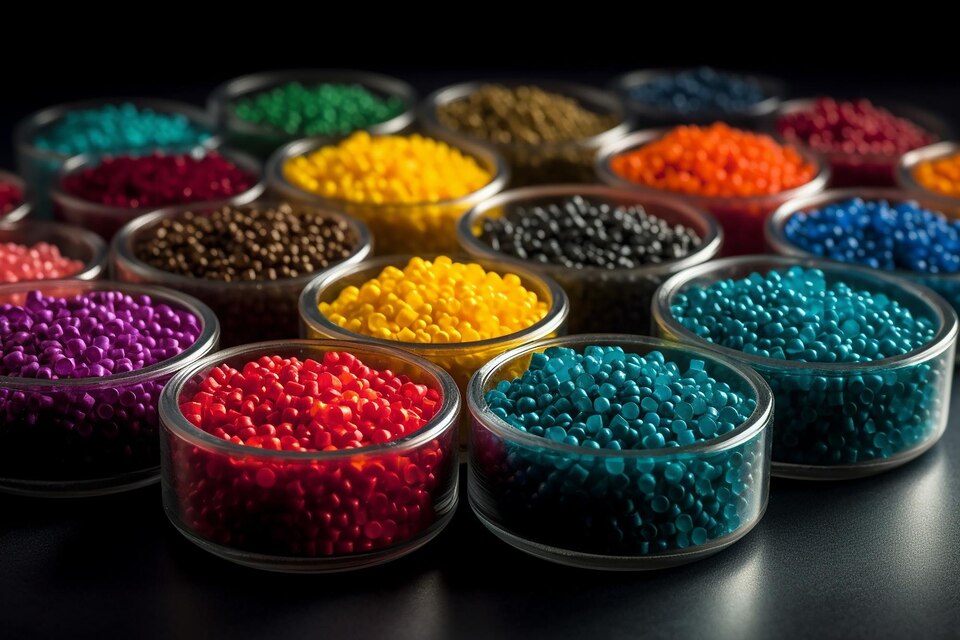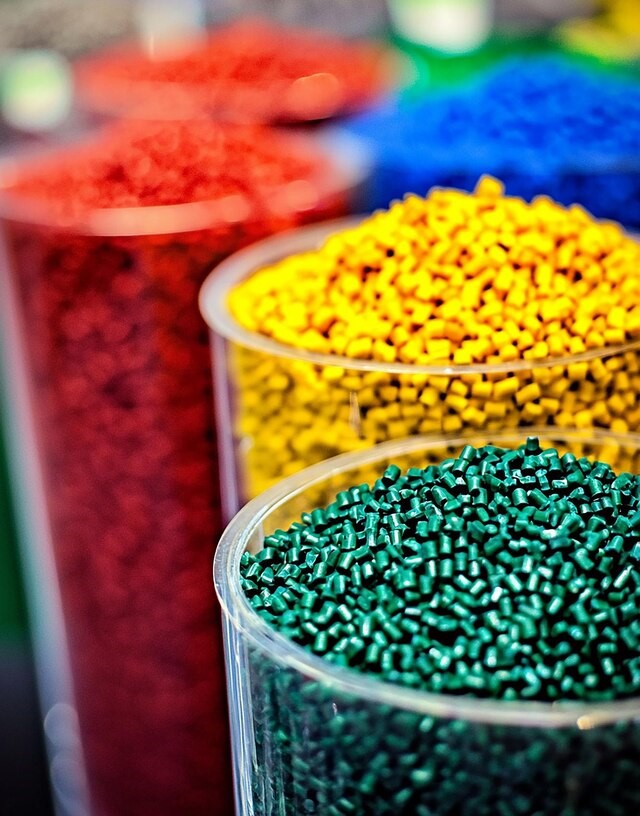Desiccant master batch can counter a problem which are developed during the processing of plastics due to the presence of moisture. Moisture can be present in raw materials, fillers, pigment. Reprocess polymers can also have high moisture content. When processing polymer with high moisture content the polymer can become porous and lowers tensile in the final articles or extruded/blown sheet.
Dessicant Master Batch can help reduce fish eyes, porosity, and silver streak in molding.













